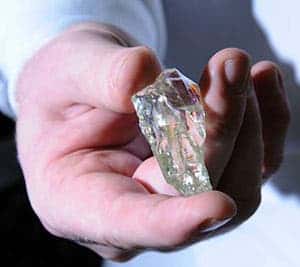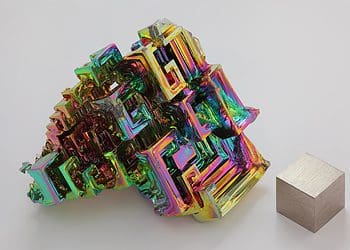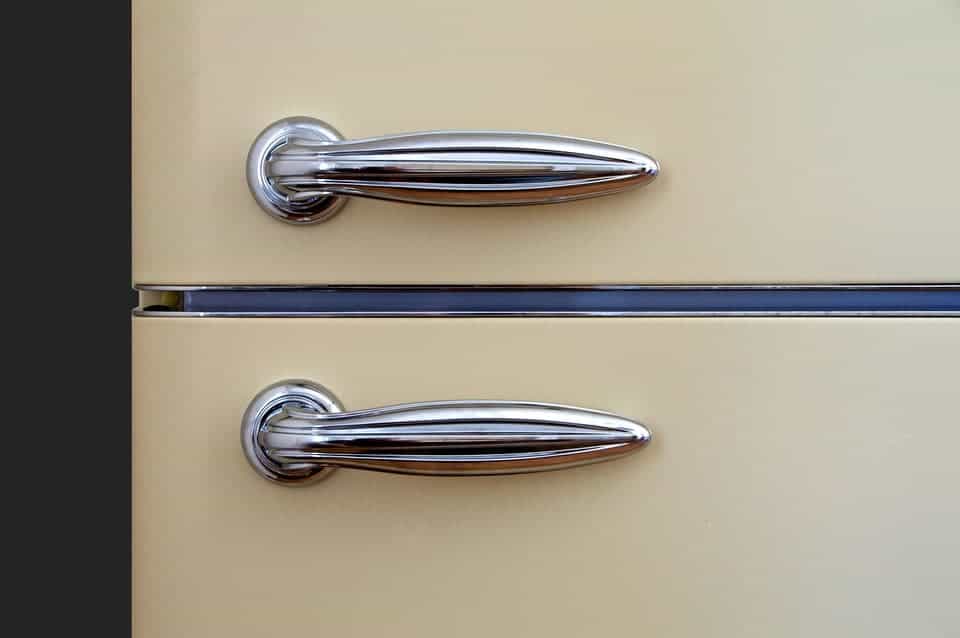Idaho State University researchers have created uranium crystals by crushing nuclear fuel pellets and heating them in a furnace. This was made with the purpose of studying a single uranium crystal, understanding how heat would flow through it, and ultimately develop safer fuels for nuclear reactors.
- Uranium crystal. Credit: INL
Eric Burgett, a professor at the University of Idaho, has developed cerium oxide crystals as a practice run, and then moved on to uranium.
“A single crystal allows researchers to test and study a material in its simplest form,” said Burgett, who also is a Center for Advanced Energy Studies affiliate.
The main problem with uranium oxide fuel pellets is that they are composed of multiple crystallites randomly mixed together and whose microstructural makeup can vary from batch to batch – making modelling and predicting them very difficult.
“About 95 percent of the crystals that make up the uranium oxide are randomly oriented. There is no order,” Burgett said. “How can you accurately model and simulate a fuel pellet crystal with randomness? With the crystals we are growing, you can. We will be able to examine a single uranium or uranium oxide crystal and how heat moves through it. That gives us a baseline to understand what happens to the material as it gets more complex and the crystal structure changes.”
INL and other scientists will subject the crystals to a variety of tests to better understand how the material behaves – a crucial part of developing a better type of uranium fuel.
“The more you understand a material, the better you can design a material,” Kennedy said. “These single crystals will allow us to study and understand uranium and uranium oxide in its simplest form.”







